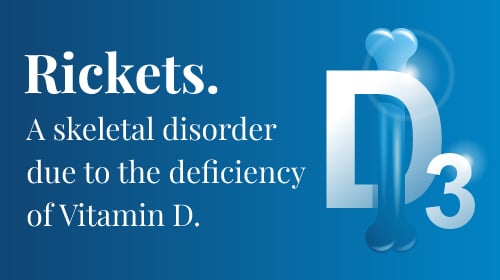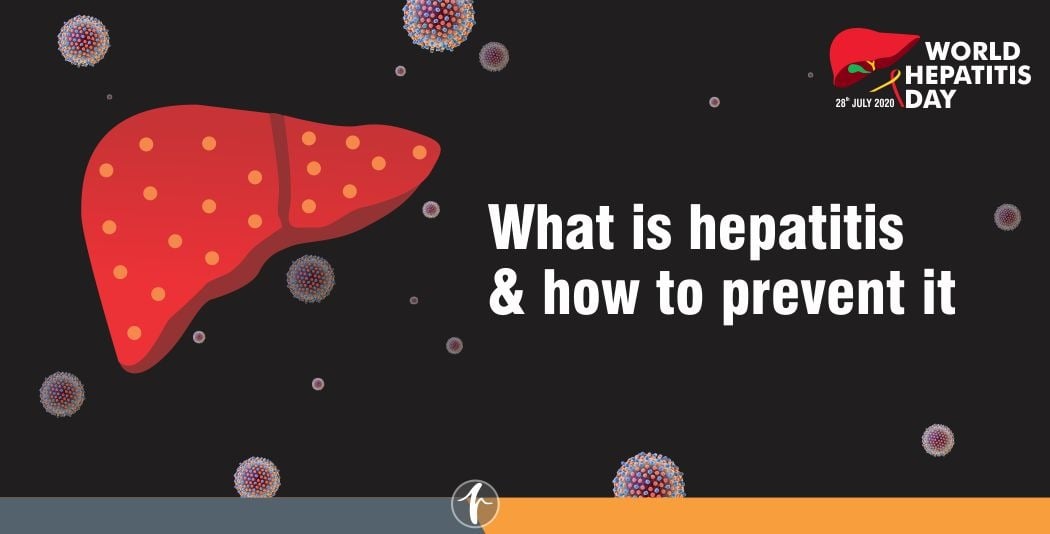Rickets: Symptoms, Causes, Diagnosis, and Treatments
March 26, 2025

Rickets is a skeletal disorder provoked by a deficiency of vitamin D, phosphate, or calcium, which are essential nutrients for strong and healthy bone development. This condition weakens bones, slows growth, and often leads to skeletal deformities.
Symptoms
- Pain in the bones of the arms, legs, pelvis, or spine
- Stunted growth and short stature
- Bone fractures
- Muscle cramps
- Teeth deformities, such as:
- Delayed tooth formation
- Holes in the enamel
- Defects in the tooth structure
- An increase in cavities
- Skeletal deformities, including:
- An oddly shaped skull
- Bowlegs
- Bumps in the ribcage
- A protruding breastbone
- A curved spine
- Pelvic deformities
Causes
Vitamin D is important in assisting the body in absorbing calcium and phosphate from the intestines. While foods like milk, eggs, and fish provide vitamin D, the body also produces it when exposed to sunlight. Without enough vitamin D, maintaining adequate calcium and phosphate levels becomes difficult.
In response, the body releases hormones that draw these minerals from the bones, making them weak and soft. As a result, your body may struggle to process vitamin D or maintain adequate calcium levels.
Some medical disorders, like celiac disease, inflammatory bowel disease, cystic fibrosis, and kidney disorders, can interrupt the body’s ability to absorb or use vitamin D properly, increasing the risk of rickets.
Risk Factors
Various factors account for an increased risk of developing rickets, including the following.
Age
Rickets primarily affects children between six and thirty-six months, as their growing bodies require sufficient nutrients for proper bone development. Children at higher risk include those with limited sun exposure, those following a vegetarian diet, or those who do not consume dairy products.
Diet
A diet lacking fish, eggs, or milk increases the risk of rickets, especially for those following a vegetarian diet. Individuals who have difficulty digesting milk or are allergic to lactose are also more susceptible. Infants who rely solely on breast milk may develop vitamin D deficiency since breast milk does not provide enough of this nutrient to prevent rickets.
Skin Color
Children with darker skin, including those of African, Pacific Islander, and Middle Eastern descent, have a higher risk of rickets. Darker skin produces less vitamin D in response to sunlight than lighter skin, increasing the probability of deficiency.
Geographic Location
People living in areas with limited sunlight exposure are at a greater risk of developing rickets. Those who spend most of their time indoors during daylight hours also have reduced vitamin D production, making them more susceptible.
Genetic Factors
Some forms of rickets are inherited. Hereditary rickets, a genetic disorder, affects the kidneys’ ability to absorb phosphate, leading to weak and soft bones.
Diagnosis
A doctor diagnoses rickets through a physical examination. The doctor will check for bone pain by slightly pressing on the bones. The doctor might also conduct a few tests to diagnose rickets. Some of these tests include:
- Blood tests to measure the levels of calcium and phosphate in the blood
- Bone X-rays to check for bone deformities
In standard cases, a small bone sample is taken and analyzed in a lab through a procedure known as a bone biopsy.
Treatment
Rickets treatment relies on replenishing the body’s deficient vitamins and minerals, which eliminates most of the symptoms linked to rickets. Doctors also encourage children to consume vitamin D-rich foods like fish, liver, milk, and eggs.
If your child has skeletal malformations, braces may be required to position their bones correctly as they grow. In severe instances, your youngster may require corrective surgery. To cure genetic rickets, a combination of phosphate supplements and high amounts of a particular form of vitamin D is necessary.
Healing Process in Children
Most children show signs of improvement from rickets within a week of treatment. When addressed early, skeletal defects often heal or gradually disappear over time. However, if rickets remains untreated during the child’s growth phase, skeletal abnormalities may become permanent.
Prevention
The best way to prevent rickets is to take in a wholesome diet containing adequate amounts of calcium, phosphorus, and vitamin D. It is crucial for people with kidney problems to keep a tab on their body’s calcium and phosphate levels.
Although sunlight is vital for the body’s production of vitamin D, it is indispensable to understand that too much sunlight can damage the skin. Therefore, it is advised to use sunscreen to treat damaged skin.
Frequently Asked Questions
1. Can rickets be cured?
Yes, rickets can be cured if treated early. Increasing vitamin D, calcium, and phosphate intake through diet, supplements, and sunlight exposure helps restore bone strength. However, if left untreated for too long, skeletal deformities may become permanent.
2. Is rickets contagious?
No, rickets is not contagious. It develops due to a vitamin D deficiency rather than an infection, so it cannot spread from person to person.







